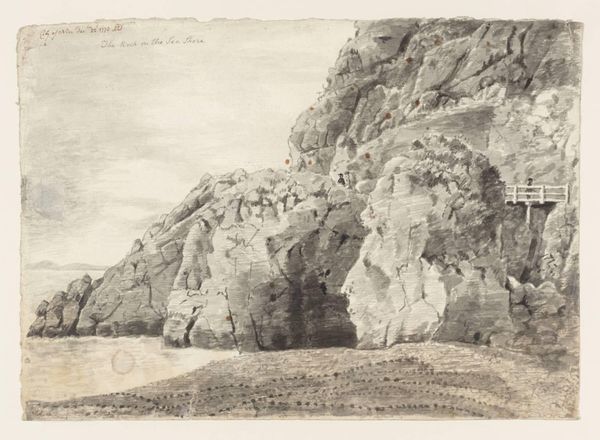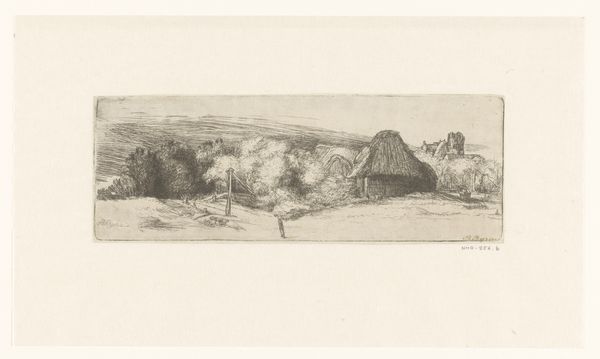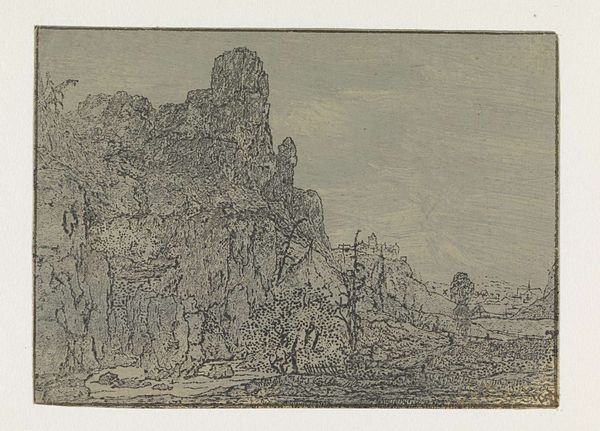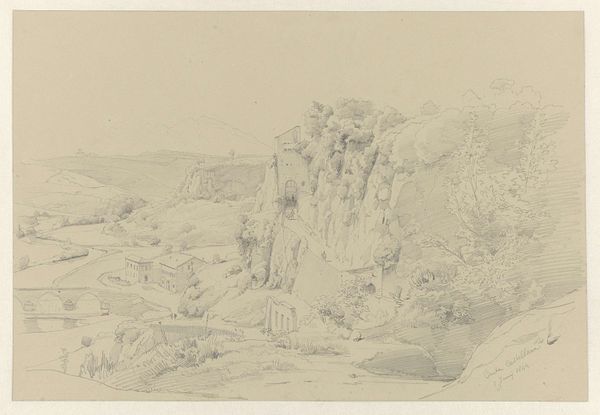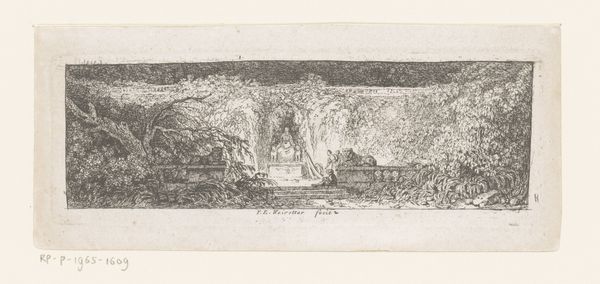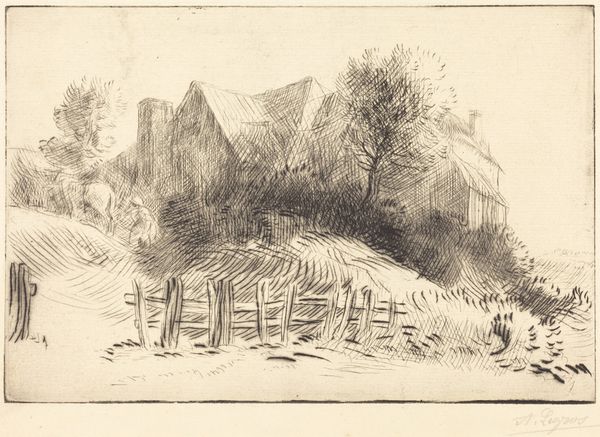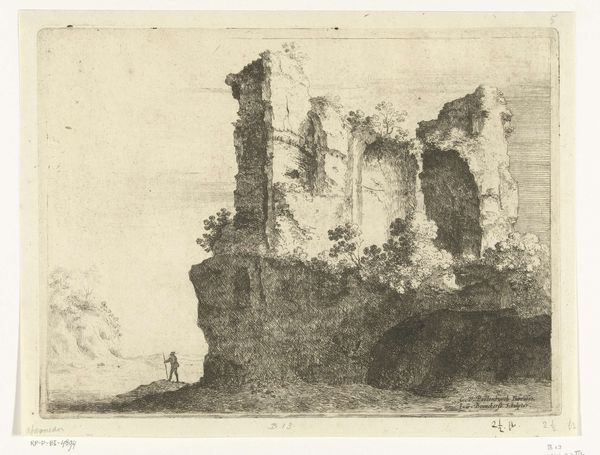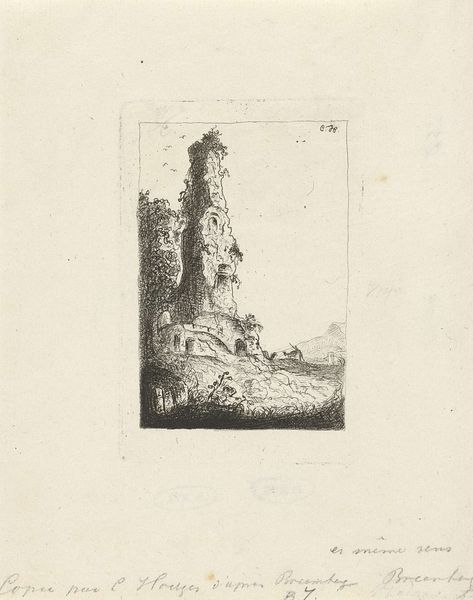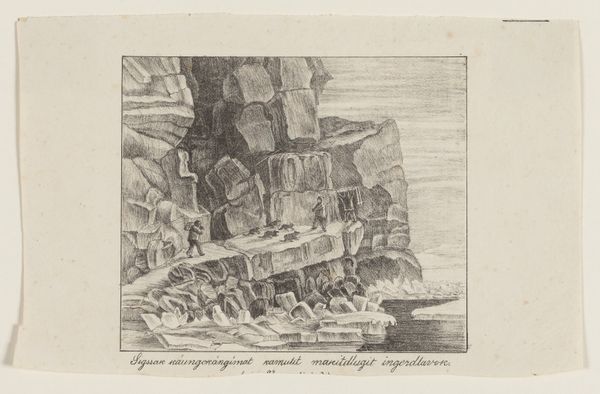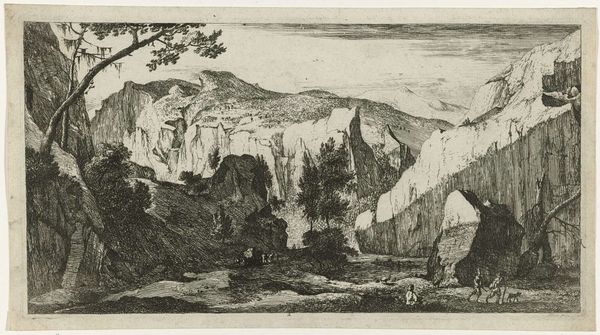
print, woodcut, engraving
#
dutch-golden-age
# print
#
pencil sketch
#
old engraving style
#
woodcut
#
engraving
#
realism
Dimensions: height 195 mm, width 294 mm
Copyright: Rijks Museum: Open Domain
Editor: This is “Delen paalwerk aangetast door paalwormen, 1731,” or "Sections of Sheet Piling Attacked by Shipworms," made by Jan Ruyter, dating from 1731-1733. It looks like an engraving or woodcut, a detailed study of worm-eaten wood. The texture is incredible but it’s kind of…decaying, right? What should we make of it? Curator: Decay, yes, but decay as revelation. Think of the Dutch Golden Age, outwardly prosperous, a global power, but built, quite literally, on these pilings. This image highlights the precarity, the unseen vulnerabilities gnawing away at the foundations of empire. Consider the relationship between the colonizer and the colonized; isn’t this image metaphorically resonant with internal "worm-eaten" moral structures within oppressive cultures? Editor: That's...bleak, but it makes sense. The smallness of the worms versus the scale of the structure, it's like a slow-motion collapse. Was Ruyter intentionally making this point, or is it just us reading into it now? Curator: Intent is less important than impact, wouldn't you agree? As we contemplate a future deeply shaped by climate change and resource extraction, we are forced to ask: what invisible forces are eroding *our* foundations today? How will future generations see *our* legacy, similarly eroded? The materiality of the print, the painstaking detail given to destruction, feels deeply poignant from a modern, activist perspective. Editor: I never thought I could see activism in what seems like a decaying piece of wood. I now see its decay less as literal, but more so what these worms and rot could metaphorically represent. This makes me wonder, are we able to stop the deterioration of these said “structures?” Curator: Exactly, it's a prompt to see, analyze, and perhaps prevent irreversible destruction by understanding historical patterns of oppression.
Comments
No comments
Be the first to comment and join the conversation on the ultimate creative platform.

